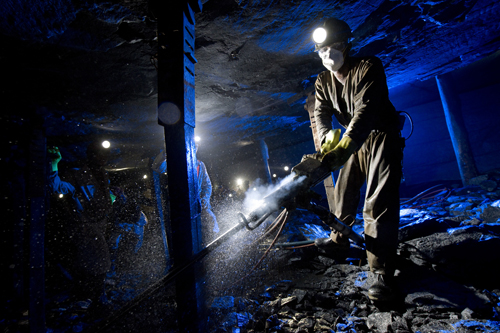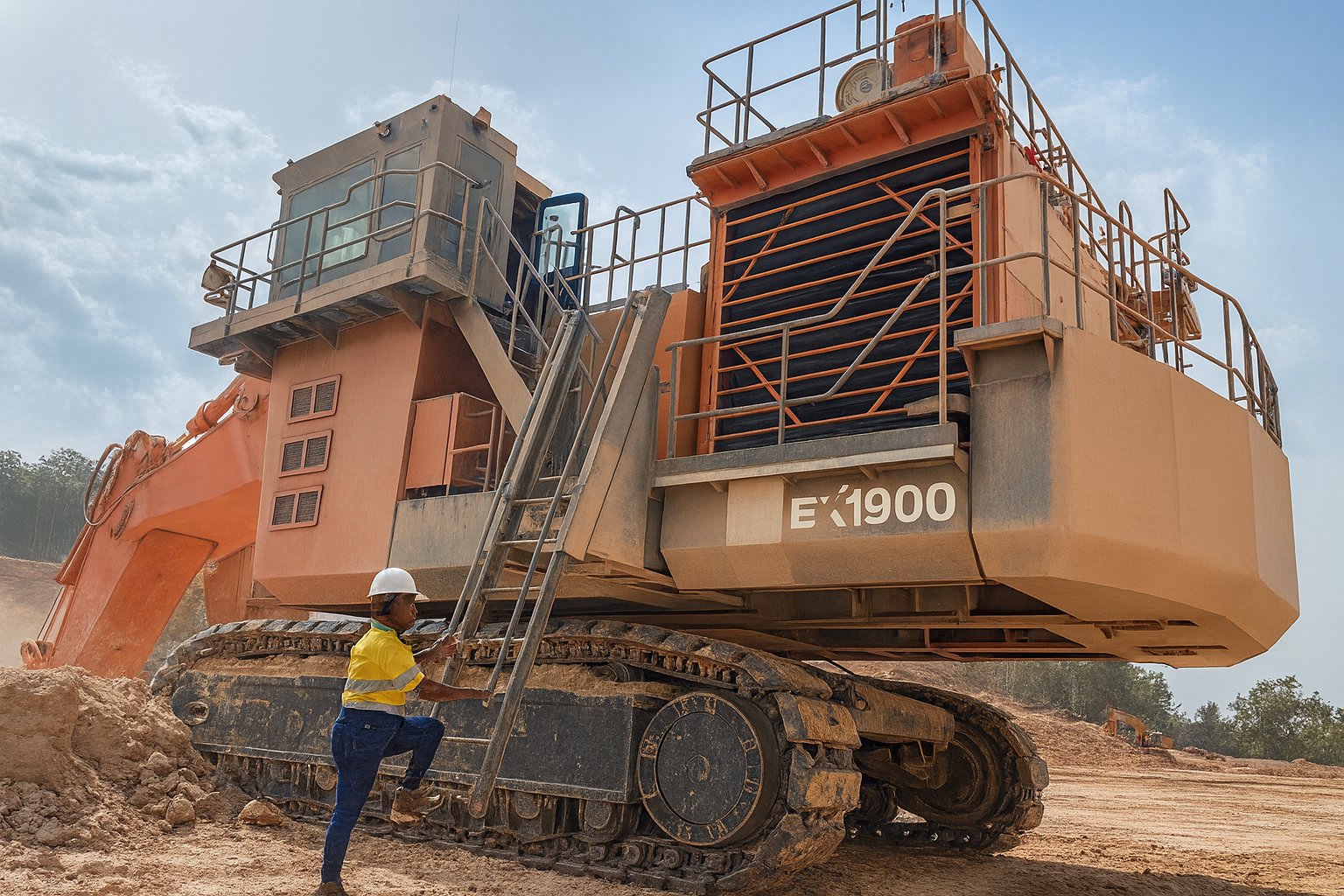
“I think it is fair to say that quite a lot has been happening since we last spoke in June 2012,” states Harmony’s CEO, Graham Briggs. “If you look at the last 18 to 24 months we have witnessed the incredible rise in gold prices, which was a particularly welcome relief from the cost pressures that had been mounting here in South Africa, and its subsequent come down, in addition to the well documented labour issues that have beset the mining sector.”
The last twelve months in particular have also seen Harmony’s own business take significant steps as it continues to work towards achieving its core strategy, which includes safe gold production and growing its margins. “We have managed to weather the external factors such as the labour issues fairly well and today find ourselves in a position where production is again ramping up and employee morale is steadily rising,” Briggs continues. “At the same time we, like many South African companies, had a great year when it comes to safety and are in the midst of our best safety performance ever, which is hugely gratifying given the amount of hard work that has gone into that side of the business.”
As one of the world’s largest gold mining companies, Harmony boasts operations in both South Africa and Papua New Guinea (PNG). In the former the company has ten underground and one open-pit mine, as well as several other surface operations, located in Free State, North West and Gauteng provinces.
In its portfolio in PNG it has a 50 percent interest in the Morobe Mining Joint Ventures, which includes Hidden Valley, an open pit gold and silver mine and the Wafi-Golpu copper-gold deposit where it completed a feasibility study in the last year. This was a significant achievement and one that paves the way for what one day promises to be a significant producer of gold and copper, one that possesses an estimated mine life of more than 30 years.
“In South Africa,” Briggs explains, “our strategy for some time now has been to close our lower grade and aging mines, and focus our investment on newer mines. Until now we have been sinking shafts and developing new assets and these are now getting to the stage where they can be ramped up to production. We have four such projects at this stage and they continue to display great progress.”
Nevertheless, as Briggs himself has stated, the last year has been one of ups and downs when it comes to the wider mining community and this has presented the company with its own challenges. “I suppose the biggest challenge that we have here in South Africa, where we have a very large workforce of around 36,000 people working for Harmony, is ensuring that, while labour disputes and negotiations are on-going, our people remain focused on working together as a team to do their best under a shared objective. One of the ways we are working to achieve this is by refocusing more of our efforts towards the training and motivation of our people.”
In addition to this refocusing, Harmony has also made efforts to improve the level of communication across all of its individual business units and operations groups, and to put in place clear, work-based incentives. “We have communications officers based within each of our operations,” Briggs highlights, “and it is their job to stay close to the unit and keep the flow of information running smoothly to ensure we all work towards a long-term goal that is for the greater good of everyone.”
As was covered in some detail the last time we spoke to Briggs, over the decades that it has been in existence Harmony has built for itself a commendable reputation for being a highly responsible and ethical mining company. Indeed it is Harmony’s clear belief that these are traits that should be at the heart of one’s business.
“One thing that we have done a lot of in the last couple of years is assist in the process of environmental rehabilitation,” Briggs enthuses. “Where old mines have closed down and left a footprint of old buildings and shafts, we have been going in and helping to clean up those areas, retrieve equipment and metals that can be recycled, and ultimately look to return them to their previous habitat. Further to this we have programmes that are looking at ways that we can take some of this land and transform it into areas where food or bio-energy crops could be grown. These are just a couple of focus areas within our business that one doesn’t normally associate with mining companies, however they are no less important than anything else we do.”
One thing that becomes clear very quickly when talking to Briggs is that, even in the face of difficult external factors, he remains incredibly optimistic about mining in South Africa and about gold mining in particular. “We are still very bullish on gold and while the current price is an understandable source of bother for us at the moment, I for one certainly do not expect it to remain below the US$1,200 to 1,250 ounce mark for much longer. I believe that within the next two years it will have risen about the US$1,400 ounce mark and that will create increased opportunities in the gold space that we are already working hard to position ourselves to take advantage of.”
As for Harmony itself, Briggs concludes by highlighting why its shareholders and partners have every reason to remain confident of the company’s progress. “By ensuring that we remain flexible at a time when other companies are experiencing financial pressures we have managed to maintain ourselves at close to zero net debt. In fact today we are slightly cash positive and that is a testament in itself to the great work that we continue to do.”
Written by Will Daynes, research by Vincent Kielty and Robert Hodgson



 Harmony-Africa-Mining-Sep13-Bro-s.pdf
Harmony-Africa-Mining-Sep13-Bro-s.pdf








